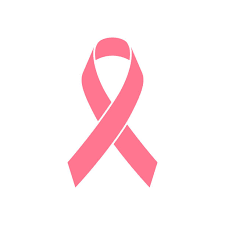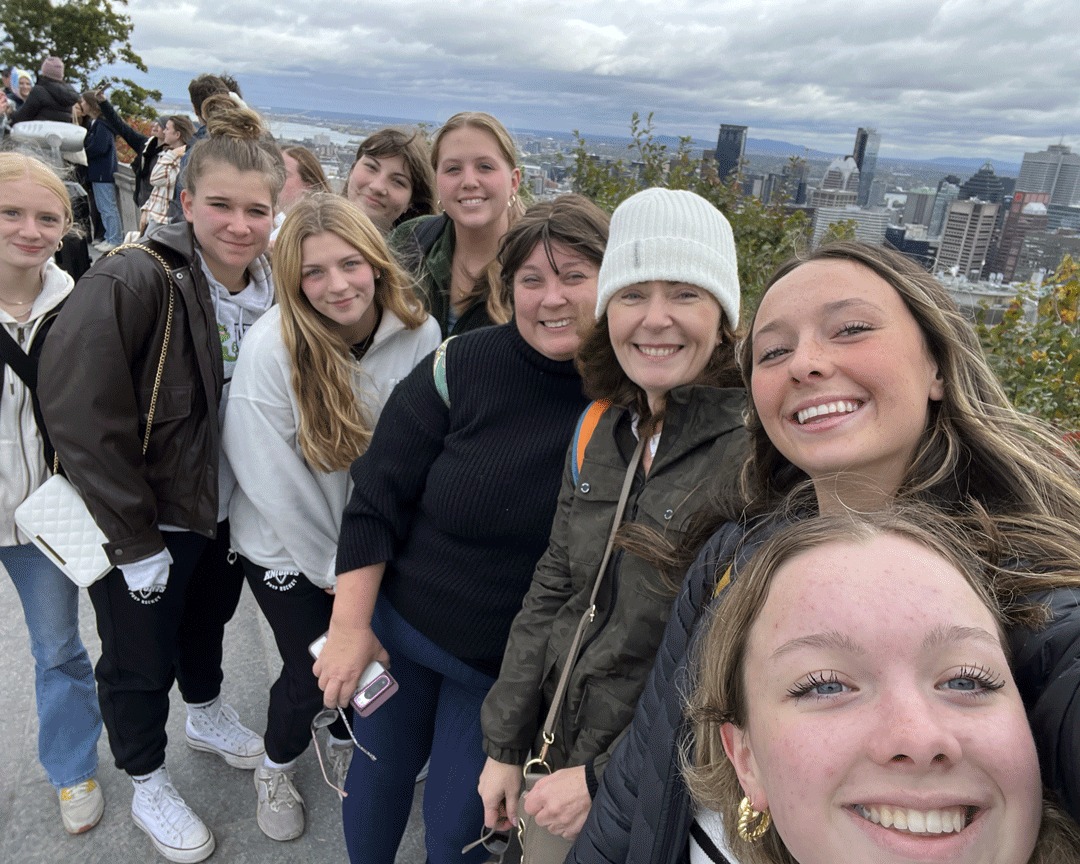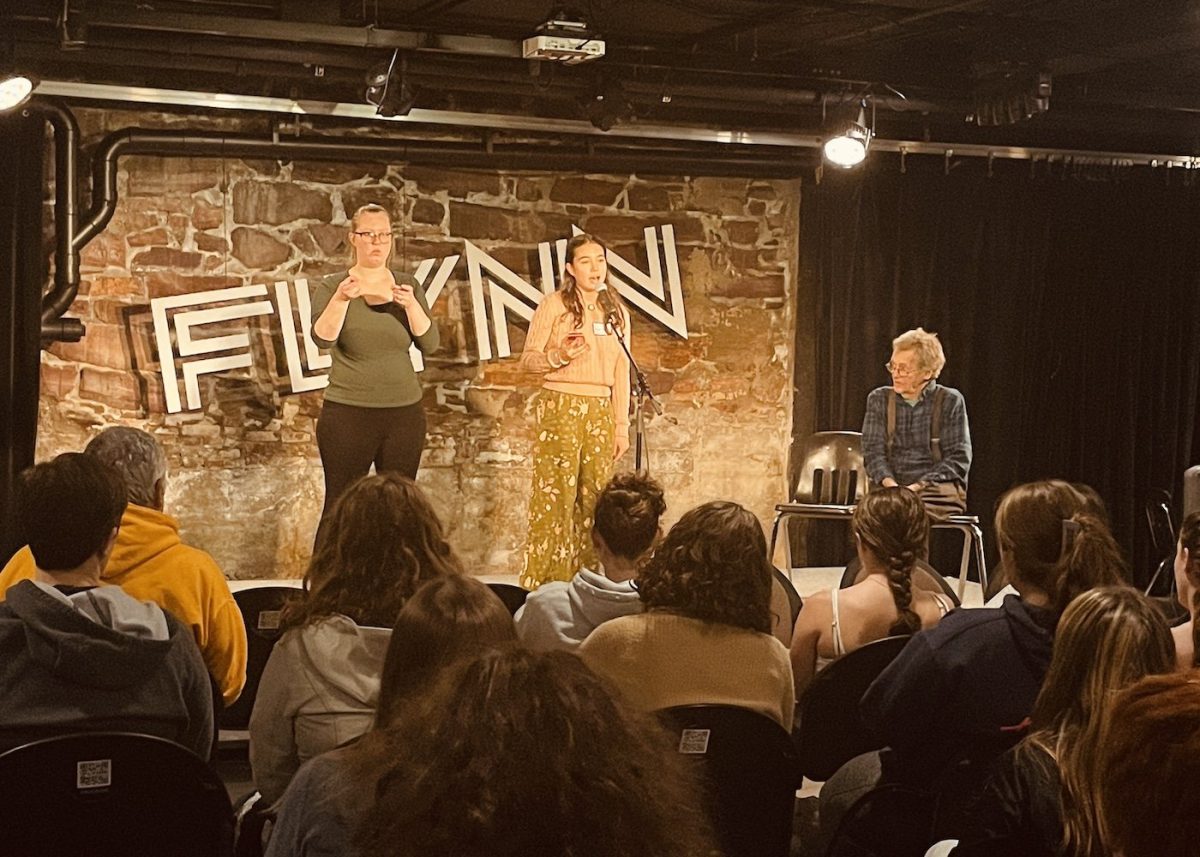In my mid to late 20’s I was looking to sign up for a running race. You know, to encourage me to stay in shape, keep my sanity, and improve on my performance in a 10K running race. This is when I became aware of the Susan B. Komen Race for the Cure™.
So, what is the Race for the Cure? Well, here is how it started. Susan G. Komen was diagnosed with breast cancer in 1977 at age 33. She underwent surgery, radiation and chemotherapy, but passed away in 1980, at age 36, from complications due to breast cancer. Susan’s younger sister, Nancy, started the Susan G. Komen Breast Cancer Foundation in memory of her sister in 1982. In 1983, the first Race for the Cure was run in Dallas, TX with 800 participants. The purpose of the race was to raise money for the foundation. “Our mission is to save lives by meeting the most critical needs in our communities and investing in breakthrough research to prevent and cure breast cancer.” In 1991, the foundation established the pink ribbon as a national symbol for the cause. (https://www.komen.org)
So, I signed up for the Race for the Cure. The goodie bag that every runner received just before race time included a T-shirt with the image of a pink ribbon. This image also shaped the lapel pin that could be mounted to any clothing item, hat, shirt, coat, etc. Your bib, or the paper you safety pin onto your shirt or shorts which loudly displays your racer number, included some extra spaces that were not included on most running bibs. These spaces asked for the name of someone that you were running for, to honor them as a “survivor” or to hold them dear to your heart in memory. Many women put their own names down as they were “survivors”. Frankly, I was not even sure what “survivor” meant at this point and I did not know anyone that had breast cancer. So, I frequently asked someone I was racing with to tell me a name to write on my bib so I could feel part of the group and support the many women who were diagnosed and dealing with breast cancer.
Of course, my goal was to run the 10K faster than before and achieve a PR (Personal Record), but one could not help but notice the banners and posters around the race venue which highlighted a bit about breast cancer and how it affects women, young and old. I participated in many more Race for the Cure races and started to realize that this group of “survivors”, women who had battled breast cancer and were in remission, was a special group of women. The camaraderie, the strength, the compassion, the joy that exuded from them as they walked or ran in the Race for the Cure was formidable.
Strangely enough there were times, as I was drifting through my 20’s and early 30’s searching for my purpose and place in life, I felt jealous of this group of women. They had a common bond that is unbreakable, a common experience, a common hardship, and they were determined to live their lives to the fullest and support each other as long as necessary in order to keep everyone alive and showing up to race again. Imagine that, jealous of a group of women that are suffering from a disease that is incurable.
In addition, I also thought why did this strong and compassionate group have to pick the color PINK as the ribbon color for their national symbol? Really? I grew up despising this color. I was the youngest of four girls. First and second born were called the “big girls” and third and fourth born, me, were called the “little girls”. Of course, this had nothing to do with height and after reaching full maturity, I was actually the tallest of the four girls. In addition, to make matters worse, third-born sister was not too keen on being called a “little girl” when she was only 2 years younger than second-born sister, and she decided that it was clear that I was the cause of this problem. So back to the color PINK. Dressing four children was a task unto itself but my mother was quite the seamstress. For efficiency, the standard mode of operation was that the “big girls” would get one outfit and the “little girls” would get another. The Sears and Roebuck Mail Order Catalog was a good second source for basic necessities and the color selection was simple, red, white and blue. So, the “little” girls wore red and blue, since white was not a good choice for active outdoor play. Third born, my fellow “little sister”, had red hair, an orangey red like a deep orange colored kumquat, so she always got the clothes in a shade of blue. This left me with every possible shade of red, you got it, pink included. I loved the blue colors, but they were not mine for the wearing. So, I learned to hate, yes I mean it, hate, all shades of red, including PINK.
Although I had a hatred for PINK as a child, this group of women, brave, strong, and challenged with a disease that they would never again live without, seemed a good enough reason to let go of the hateful feeling I had towards PINK. I would, quite regularly, don the pink ribbon lapel pin on a piece of my clothing. I did wear it proudly, knowing that I was supporting a women’s group with a good cause. That cause: SURVIVAL, LIVING, LIFE. I started wearing pink and red again and ironically received many compliments. Perhaps my mother knew that this was a good color for me after all.
Many years have passed by since my 30’s, sometimes slowly and sometimes rapidly. In more recent times, I formed a new relationship with the pink ribbon and breast cancer. This sometimes deadly disease started to appear in my more immediate circle of family, friends and acquaintances. My sister-in-law, a fellow parent, a neighbor, all diagnosed and battling breast cancer with a slightly different variation of severity and treatment. For some, it proved to be transformative and gave them a more introspective outlook on life as they were graced with no recurrence of the disease. For others, it was an ongoing battle with a slight reprieve in between each fight. And there were others who did not have the fortune of living to tell us of their struggles, defeated by breast cancer. I had compassion for all of them and gave as much of my time as possible to help them through their treatment process. I accompanied my sister-in-law to chemotherapy treatment. I sat and listened to the grueling schedule of treatment a fellow parent had to endure. All the while knowing that thankfully, I was NOT a part of this group of women, but an eager and willing supporter.
This summer, one day in mid-July, the phone rang and the nurse from UVM Medical Center was calling me about the results of my right breast biopsy. My sister, the first born, and an internal medicine doctor who I had contacted and been in conversation with at the start of a series of procedures which began in early June, had assured me that 9 out of 10 women who undergo biopsies for a so-called asymmetry in their breast were benign, in other words NOT cancerous. However, the nurse that called me was not aware of the fact that I thought I would fall on the side of the 9 of this statistic. I was the unlucky 1. She stated that the biopsy of my right breast indicated that I had invasive ductal carcinoma with lobular features. She continued to explain something to me and then finally stopped and asked if I had any questions. I said to her with a bit of a sarcastic tone, “I have to be honest with you, I am kind of in shock. I am still back at the part where you said that I have breast cancer.” Really! “Could you please repeat what you said after that?” A burning sensation had developed in my throat and quickly sank down into my belly. So, we finished the conversation and I answered her questions on how I wanted to proceed and then I hung up the phone.
Now what do I do? I was afraid to tell my husband. What did I do to cause this? What could I have done to prevent it? I know it is my fault. How could I do this to myself and my family? These were the first thoughts that entered my mind and I thought, surely my family would be mad at me for allowing myself to contract this disease. Then, I quickly realized that this was not the series of questions I needed to be asking myself. You do not cause yourself to get cancer. My husband and my four children were all so supportive and loving and just wanted to know more about this thing called breast cancer and how they could be there for me. This is a disease that does not quit and the outcome is unpredictable. And, what I did not realize was that this is not a disease that you may radicate with a simple procedure, you have a “team” of medical professionals that you must meet with, make decisions with and see multiple times over a series of months. You actually develop a treatment “plan” with this team. In addition, there are many more indicators or markers that you are tested for that assist you in determining your personalized treatment plan. So, each time that the phone rings you say a prayer that the news will be more positive then the last.
- You pray that the cancer is not in an advanced stage and it has not spread to other parts of your body.
- You pray that the cancer is contained, slow-growing, removable.
- You pray that you do not have the mutated gene that encourages recurrence and leads to a higher probability that your children will also face this disease.
- You pray for guidance when choosing a medical team and making choices for your treatment plan.
- You pray that people will not notice signs of disfigurement or you will not lose your precious hair which is a reminder to all around you, including you, yourself, that you have breast cancer.
- You pray that when you tell people around you that you have breast cancer that they are able to handle this heavy burden and stay positive and provide you that extra strength for your journey.
- You pray that after the surgery, radiation, chemotherapy and endocrine therapy that you are in remission and have arrested the cancer for the rest of your natural life.
- You pray that you stay strong, positive, and hopeful throughout the process, particularly for your husband and children, so they are not anxious or stressed out due to not knowing whether their wife/mother will be around for the long haul.
- And finally, you pray that the monetary contributions you made to the Susan G. Komen Foundation, from the many times you ran in the Race for the Cure, allowed for medical professionals to have more breakthroughs in the treatment of breast cancer, so there is a much higher chance for your remission and living a daily life without worries of recurrence and death.
I am now a part of this incredible group of women who find strength and companionship with each other. I am now a member of the group that is recognized by the PINK RIBBON. How lucky am I to have such an amazing group of women to bond with, share my experiences with and pull strength from as I fight the good fight and beat this disease. I will be honored to be called a “survivor” after I finish my treatment plan and hopefully find myself in remission. It is time to don that PINK RIBBON lapel pin once more, but this time in solidarity instead of support.
I give the Pink Ribbon 3.5 stars.













Liza • Sep 10, 2024 at 1:11 pm
Best of luck with your treatment and continue raising awareness for this strong group o women that you are now included in.
Gretchen Fricke-Langan • Oct 13, 2024 at 9:53 pm
Thank you Liza for your strength and support.
drew farrell • Sep 8, 2024 at 3:39 pm
Gretchen, thank you so much for this brave personal revelation. I can’t imagine how scary it was to get that call, but you did paint a picture that gives us some idea of all the emotions in the swirling hopes and fears that come along with that news. I have spent the last 14 years working with you and I plan to support you in whatever way I can through these challenges you are facing. I am confident your Rice family will be there for you to pray every one of those prayers with you. We are better for the insight you have given us and the genuine way you have been vulnerable in the sharing of your very personal story. I give your courage 5 stars!
Gretchen Fricke-Langan • Oct 13, 2024 at 9:55 pm
Drew, we joined this Rice community the same year and I plan to retire from this place along side you as well. Your prayers and support mean so much to me. Thank you.
Megan Shrestha • Sep 7, 2024 at 3:58 pm
Gretchen, I am so sorry to hear of this unexpected news. I will certainly keep you in my prayers. You articulated your story beautifully and you’re so brave to share it! It’s wonderful that you’ve got your family surrounding and supporting you.
It was really touching when you talked about seeing the names of the people on the running bibs and the camaraderie and spirit of the other runners in that race. That resonated with me because in 2009, I climbed Mt. Shasta in Northern California with the Breast Cancer Foundation as part of their annual fundraiser. I was part of a national team of women, many of whom are survivors. We carried prayer flags with the names of people who had been touched by the disease and flew them at the 14,172 foot summit! I flew flags in honor of my mom. And for research. And for hope. It was a very moving experience and I appreciate you jogging that memory.
Gretchen Fricke-Langan • Oct 13, 2024 at 9:57 pm
Megan, what a wonderful way to support your mom and be a part of her support team. Thank you for sharing that touching story and thank you for supporting the research for a cure!!
Maureen Bauchan • Sep 7, 2024 at 2:25 pm
This is so beautifully written. This group of women is incredibly strong and inspiring, and so are you. You have a family at Rice who absolutely adores you. Much love and constant prayers
Gretchen Fricke-Langan • Oct 13, 2024 at 9:58 pm
Maureen, you have been such an instrumental part of my support team at Rice. You surprise me regularly with flowers and little treasures that start each of my days with a smile. Thank you for being so kind, compassionate, and supportive.